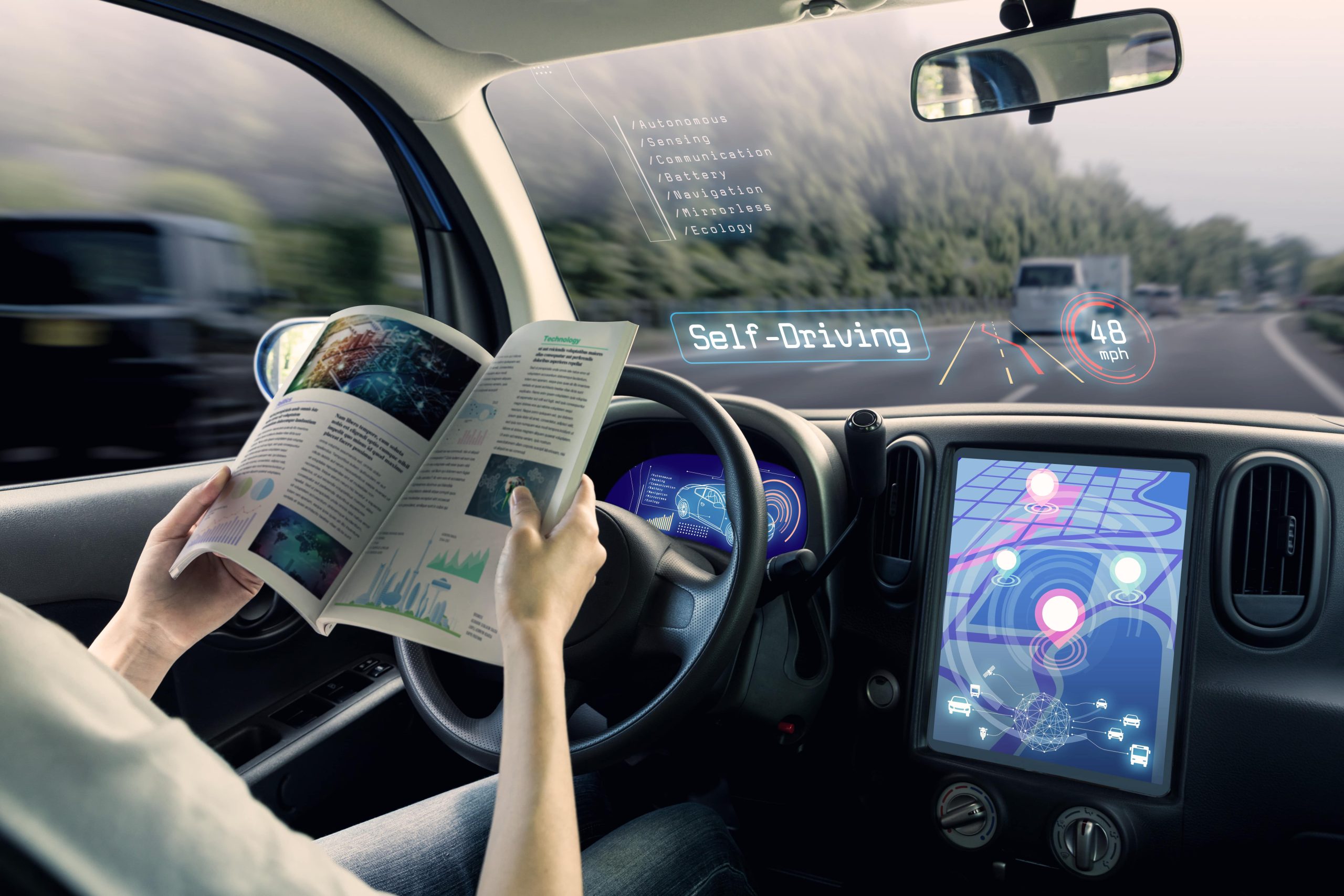Rain’s coming down hard. You’re juggling a bag, maybe your phone, and now you’re patting every pocket for your car keys. Nothing. That quick hit of frustration? Most people know it. Biometric vehicle access might be the fix. No more keys or fobs—just a fingerprint, your face, or your voice. The car recognizes you and unlocks. It sounds a bit sci-fi, but it’s already showing up in newer models. Still, questions hang in the air. Is it safe? Will it work when it counts? The answers depend on how the tech is built, how it’s being used, and where it’s headed.
What is Biometric Vehicle Access?
Biometric vehicle access uses your unique biological features to unlock and sometimes start your car. These features include your fingerprint, face, voice, and even the pattern in your iris.
The goal is simple: eliminate the need for keys or fobs and improve both security and convenience. It’s about creating a personalized and safer way to access your vehicle without needing physical tools.
The Main Types of Biometric Access
Different types of biometric tech are being tested and used in vehicles today. Here are the most common ones:
Fingerprint Recognition
Fingerprint scanners are already familiar thanks to smartphones. In cars, they work the same way—scanning your fingerprint to verify identity. They’re reliable, cost-effective, and easy for most people to use.
However, dirty or wet fingers can interfere with the scan. While accuracy is improving, false rejections still happen occasionally.
Facial Recognition
Facial recognition scans your face using a camera, often built into the dashboard or side pillars. This allows for hands-free access—just approach the vehicle and it unlocks.
It can also adjust seat position, mirrors, and climate control based on your profile. However, poor lighting, winter gear, or even identical twins can confuse the system.
Voice Authentication
Your voice has unique features like pitch, tone, and rhythm. Voice recognition systems compare your speech to a stored “voiceprint” to verify identity.
These systems work well with digital assistants, allowing you to unlock the car or change settings by speaking. But background noise and voice changes (like a cold) can impact reliability.
Iris Scanning
Iris recognition scans the unique patterns in your eyes. It’s one of the most secure biometric methods, and nearly impossible to fake.
However, it’s more expensive and less convenient. Users must align their eyes with the scanner, which takes extra time and precision.
Why Is This Tech Growing Fast?
The global biometric vehicle access market is growing quickly. Experts project the industry will more than double by 2034. Here’s why:
Better Security
Traditional keys can be copied or stolen. Even smart key fobs can be hacked using signal relay attacks. Biometrics reduces those risks by tying access directly to you.
A stolen face or fingerprint is harder to use than a duplicated key. That’s a huge advantage in preventing car theft.
More Convenience
Biometrics makes things easier. You can walk up to your car, have it recognize you, unlock itself, and even adjust your seat and settings automatically.
No more fumbling with keys or remembering to lock your doors—it’s seamless and stress-free.
Advanced Tech Expectations
Luxury car buyers expect cutting-edge features. Biometric access has become a selling point in high-end models. As prices fall, expect to see this in more affordable cars too.
Integration with Smart Cars
As vehicles become more connected and even self-driving, knowing who’s in the car matters. Biometric systems help cars verify who is authorized to enter, drive, or change settings.
Roadblocks Slowing Things Down
As promising as this tech is, it’s not without problems:
Cost
Installing cameras, sensors, and AI software adds to vehicle prices. Right now, biometric access is mostly found in premium trims or luxury vehicles.
Privacy Concerns
People are cautious about giving away biometric data. Where is your fingerprint or face stored? Who can access it? Manufacturers need to be transparent and secure with data handling.
Environmental Limitations
Scanners must work in all conditions. Rain, dust, or cold can make sensors less effective. Manufacturers are working to make these systems more reliable no matter the weather.
System Integration
These systems must connect smoothly with other car functions. If the biometric check fails, it could block access or create errors. That means more testing and higher development costs.
The Road Ahead
Biometric access is here to stay—and it’s only going to improve.
Expect more “multimodal” systems that combine fingerprint + face or face + voice for better accuracy. As costs fall, we’ll see this tech move into everyday vehicles, not just luxury ones.
AI will keep making these systems smarter, safer, and more personal. In the future, biometric access won’t just open your door—it’ll customize your entire driving experience.
Summary
Biometric vehicle access is changing the way we get into and interact with our cars. It’s more secure, more personal, and far more convenient than traditional keys.
While concerns around cost and privacy remain, the benefits are strong enough to drive adoption. With the help of AI and ongoing innovation, the hands-free future of driving is coming fast—and your fingerprint, face, or voice might be your next car key. Please consult manufacturers or tech providers for details specific to your vehicle or region.









